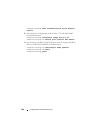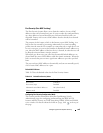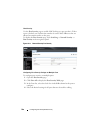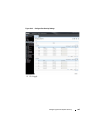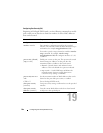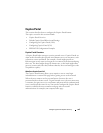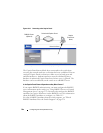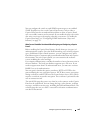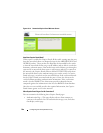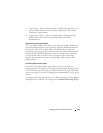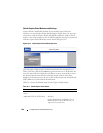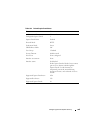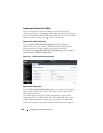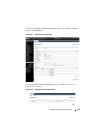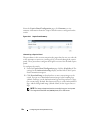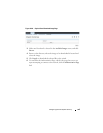
546 Configuring Port and System Security
Figure 19-14. Customized Captive Portal Welcome Screen
How Does Captive Portal Work?
When a port is enabled for Captive Portal, all the traffic coming onto the port
from the unverified clients are dropped except for the ARP, DHCP, DNS and
NETBIOS packets. These packets are allowed to be forwarded by the switch
so that the unverified clients can get an IP address and are able to resolve the
hostname or domain names. Data traffic from verified clients goes through as
expected. If an unverified client opens a web browser and tries to connect to
the network, the Captive Portal redirects all the HTTP/HTTPS traffic from
the unverified clients to the authenticating server on the switch. A Captive
Portal web page is sent back to the unverified client. If the verification mode
for the Captive Portal associated with the port is Guest, the client can be
verified without providing authentication information. If the verification
mode is Local or RADIUS, the client must provide credentials that are
compared against the information in the Local or RADIUS client database.
After the user successfully provides the required information, the Captive
Portal feature grants access to the network.
What Captive Portal Pages Can Be Customized?
You can customize the following three Captive Portal pages:
• Authentication Page —This page displays when a client attempts to
connect to the network. You can customize the images, text, and colors
that display on this page.



